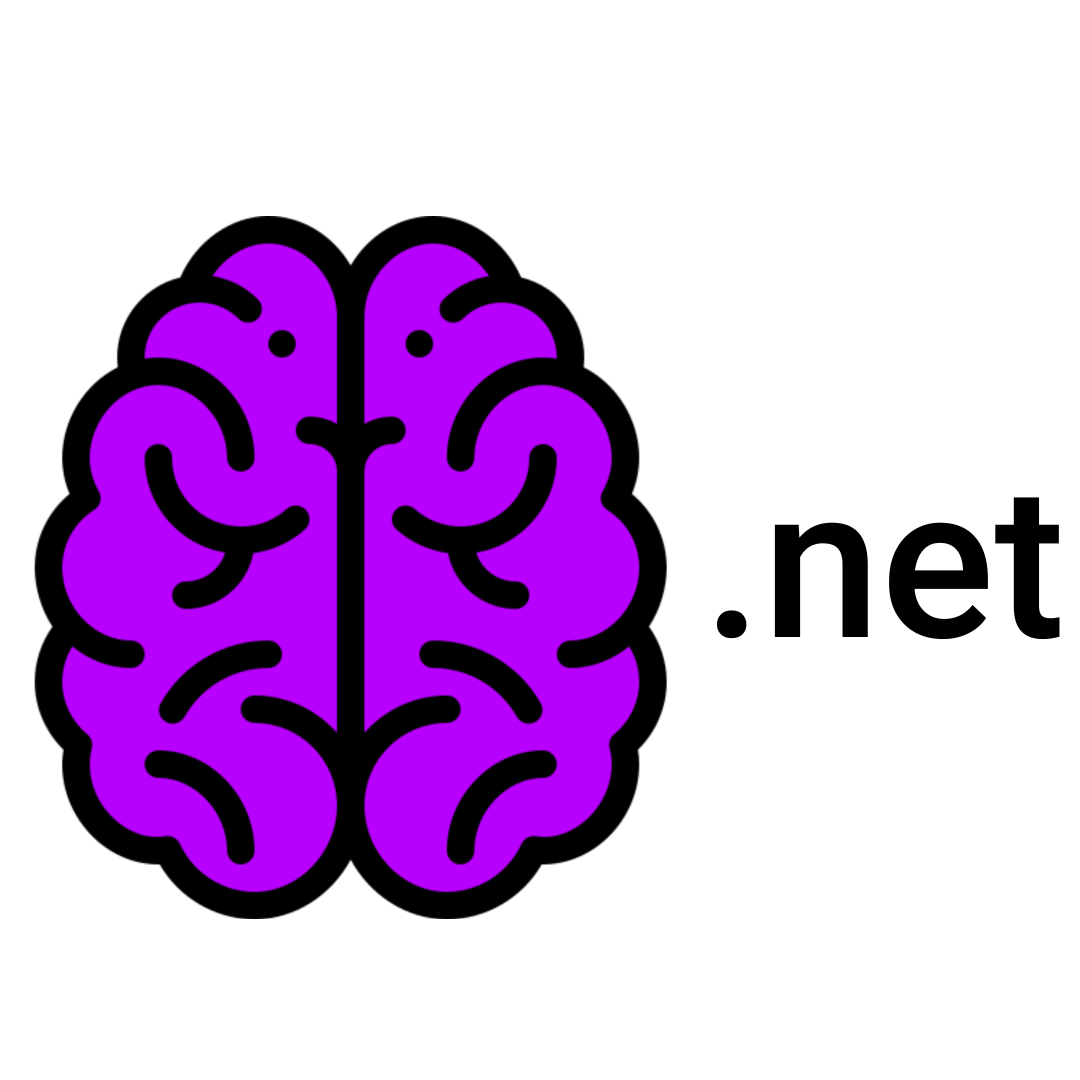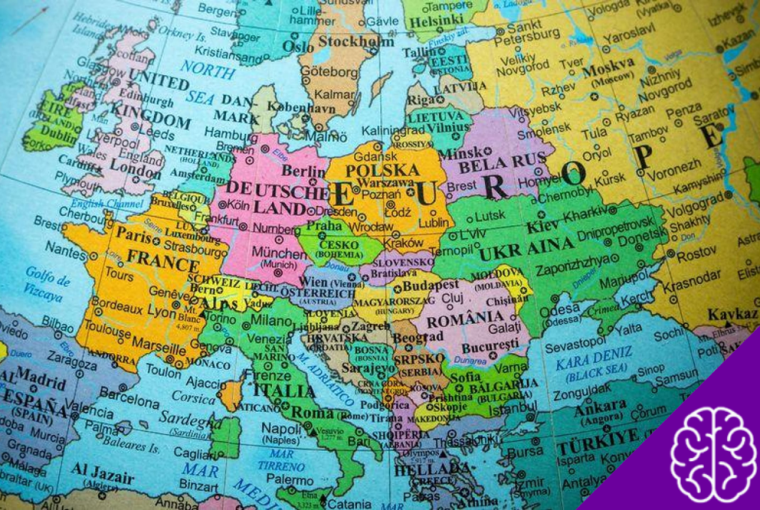When you think about the continents, the answer seems simple, right? Six names we all memorized in school: Africa, America, Antarctica, Asia, Europe, and Oceania. But the idea of “how many continents exist” isn’t as clear-cut as it seems. The deeper you go, the more the concept of continents begins to blur.
From historical conventions to modern geology, how we define continents has been shaped by culture, politics, and science. Today, we’ll uncover surprising questions about Europe’s status as a continent, explore the intriguing possibility of hidden continents like Zealandia, and challenge what you thought you knew about Earth’s geography.
What Really Defines a Continent?
The definition of a continent feels straightforward until you try to pin it down with specifics. Historically, continents are often viewed as vast, continuous expanses of land surrounded by water.
However, this traditional concept is full of exceptions. For instance, Europe is not completely surrounded by water, and its separation from Asia relies on mountains, rivers, and imaginary lines rather than clear physical boundaries.
Geographers often discuss continents in terms of conventions, not hard science. This means the number of continents depends as much on cultural and historical context as it does on physical geography.
Some regions, for example, consider the Americas as one continent, while others divide them into North and South America, arriving at a total of seven.
Modern geologists have tried to offer a more scientific approach. They propose criteria like:
- A thick and unique continental crust that stands out from the ocean floor.
- Significant elevation above the surrounding ocean.
- A variety of unique rock formations.
But even with these criteria, debates remain, especially when we consider newfound contenders like Zealandia.
The Debate Around Europe’s Status
Is Europe really a separate continent? Many experts argue that it isn’t. Geographically, Europe shares its landmass with Asia, separated only by the Ural Mountains, the Caspian Sea, and the Ural River. None of these features create a definitive divide.
The distinction between Europe and Asia is largely a historical convention. Ancient Greeks first developed the separation, partly to place themselves at the center of the world.
Later, European powers perpetuated the division to reinforce ideals of political and cultural dominance. These lines helped Europe distinguish itself from the “East.”
But from a geographical standpoint, many believe Europe is better described as a large peninsula of the supercontinent Eurasia. If we follow this line of reasoning, that’s one continent fewer than we were taught in school.
Zealandia and the Quest for a Hidden Continent
Move over, Atlantis. Zealandia might be Earth’s closest equivalent to a “lost continent.” Often called the “hidden continent,” Zealandia lies mostly underwater, with only its highest peaks visible as islands like New Zealand.
Geologists argue that Zealandia satisfies the geological criteria for being a continent:
- Its crust is far thicker than that of the surrounding ocean floor.
- It’s home to unique rock formations previously unseen in neighboring areas.
- It rises significantly above the ocean floor.
Despite these qualifications, Zealandia hasn’t been officially recognized as a continent by most institutions.
Why? Perhaps because continents have historically been defined by their visibility rather than their geological properties. Still, Zealandia provides compelling evidence that the number of continents might not be fixed.
Could Iceland Be Part of a Hidden Continent?
If Zealandia’s case surprised you, here’s another contender for the title of “hidden continent.” Iceland, a volcanic island in the North Atlantic, has an unusually thick crust for its size. Some scientists argue that it could be part of a submerged continent, although this idea remains controversial.
If accepted, adding Zealandia and potential others like Iceland to the continent count could mean Earth doesn’t just have six or seven continents, but possibly eight or more.
Why Does the Definition of a Continent Matter?
Does it really matter whether the Earth has six or eight continents? More than just a classroom debate, the question reveals how much human perspective shapes our understanding of geography.
For centuries, historical, cultural, and political beliefs influenced how we mapped the world. The divisions of continents weren’t always based on physical criteria but rather convenience, power dynamics, and societal norms. Even today, as science advances, our classifications often grapple with the same old conventions.
Debating the number of continents reminds us to question long-held assumptions. It also highlights the importance of cultural context in shaping our understanding of the world.
What We’ve Learned About Continents
The ultimate answer to “how many continents are there?” depends on who you ask:
- Six? If we follow the model that combines North and South America into one continent, as some regions like Latin America prefer.
- Seven? If we divide the Americas into two separate continents, which is commonly taught in North America.
- Eight or more? If we recognize Zealandia, Iceland, and other submerged landmasses as continents.
What’s clear is this: The definition of a continent isn’t a fixed fact but rather a subject of interpretation, based on physical, cultural, and historical factors.
A Fresh Perspective on Continents!
The debate about continents opens the door for both curiosity and deeper learning. It challenges us to think critically about the world’s geography and its history.
While you might not update your knowledge of continents every day, re-examining what you’ve learned is an opportunity to see Earth from a new perspective.
Want to explore fascinating perspectives like these? Stay curious, keep learning, and never stop asking questions about the world around you!


